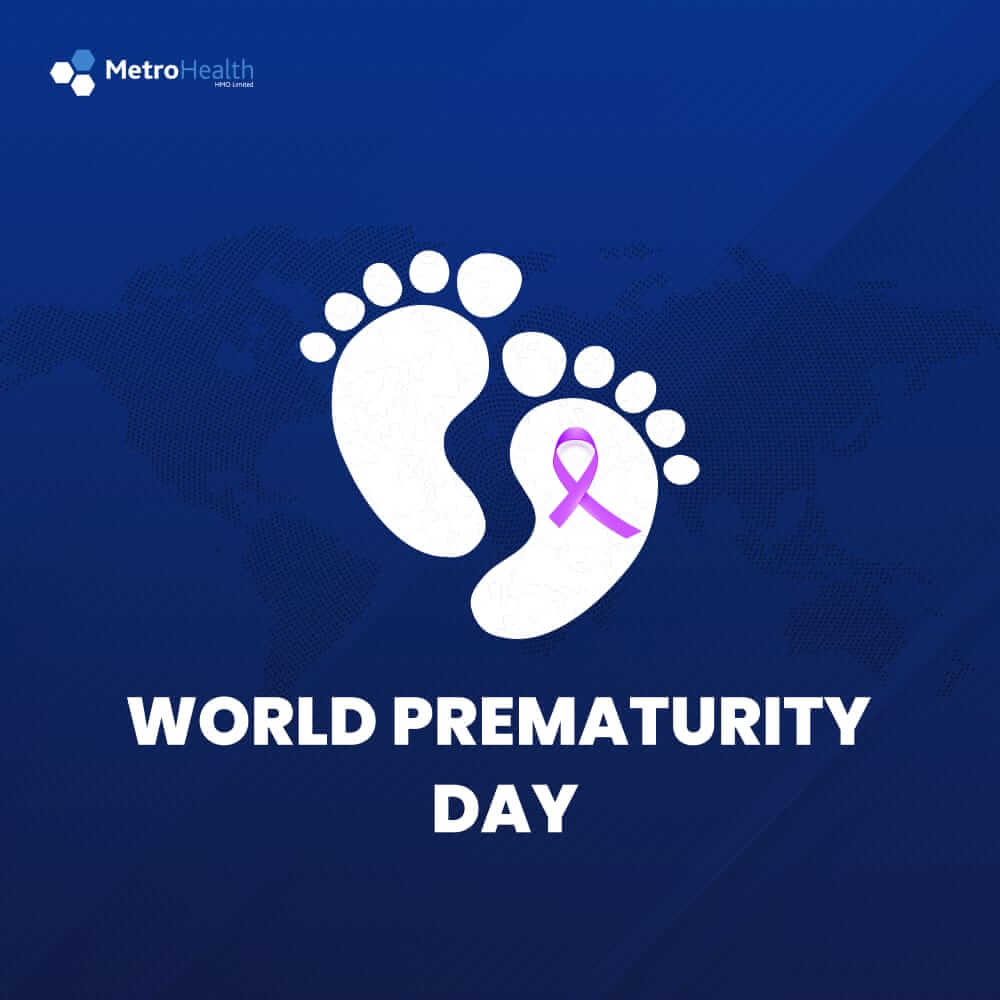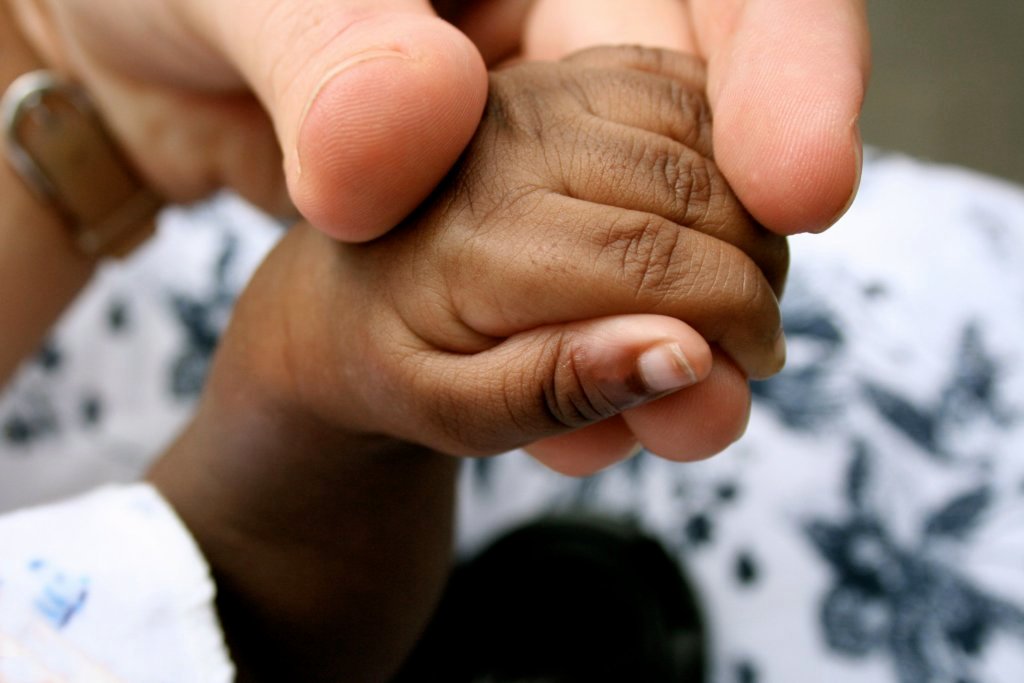Preterm is defined as babies born alive before 37 weeks of pregnancy are completed. There are sub-categories of preterm birth, based on gestational age:
- extremely preterm (less than 28 weeks)
- very preterm (28 to 32 weeks)
- moderate to late preterm (32 to 37 weeks).
World Prematurity Day 2020 is today November 17th and the theme is “TOGETHER FOR BABIES BORN TOO SOON, CARING FOR THE FUTURE”.

According to World Health Organization approximately 15 million babies are born as preterm each year. Premature birth is the leading cause of death in children under the age of five worldwide.
Globally, prematurity is the leading cause of death in children under the age of 5 years. And in almost all countries with reliable data, preterm birth rates are increasing.
More than 60% of preterm births occur in Africa and South Asia, but preterm birth is truly a global problem. In the lower-income countries, on average, 12% of babies are born too early compared with 9% in higher-income countries. Within countries, poorer families are at higher risk.
The 10 countries with the greatest number of preterm births:
- India: 3 519 100
- China: 1 172 300
- Nigeria: 773 600
- Pakistan: 748 100
- Indonesia: 675 700
- United States of America: 517 400
- Bangladesh: 424 100
- Philippines: 348 900
- Democratic Republic of the Congo: 341 400
- Brazil: 279 300
CAUSES OF PREMATURE BIRTH.
Preterm births are spontaneous most times. There are risk factors for being born early and some of these factors are;
- Intra-uterine infection
- Placental issues. i.e. placenta previa
- Genetics
- Pre-eclampsia
- Fetal growth restriction
- Type 1 or 2 diabetes in pregnancy
- Lifestyle i.e. alcohol, diet etc.
- Uterine abnormality
- Cervical incompetence
- Early premature rupture of membrane
- Having a previous premature birth
- Conceiving through Invitro fertilization
- Being under weight or overweight
BORN TOO SOON: SPECIAL CARE.
Preterm babies will likely need a longer hospital stay in a special care baby unit known as (SCBU) or Neonatal intensive care unit (NICU)
He will be handled by a doctor and a specialized team in training preterm babies.
AT HOME WITH YOUR BABY.
Expect to live quietly with your baby at first because their immune systems are still developing as they are highly at risk for infections so you will need to take caution.
Here are some things to do to help your baby thrive:
- Limit visits
- Avoid public places
- Put your baby to sleep on the back. This is to reduce sudden infant death (SID)
- Practice kangaroo care for bonding and warmth.
- Practice exclusive breastfeeding unless contra-indicated.
PREVENTION.
Although the exact cause of preterm birth is often unknown, there are some things that can be done to help women especially those who have an increased risk.
To reduce their risk of preterm birth includes:
- Progesterone supplements: women who have history of preterm birth, a short cervix or both factors may be able to reduce the risk pattern with progesterone supplement
- Cervical cerclage: this is a surgical procedure performed during pregnancy in women with short cervix or a history of cervical shortening that resulted in a preterm birth. The procedure involves stitching the cervix with strong sutures that may provide extra support to the uterus by keeping it closed. The sutures are removed when it’s time to deliver the baby.
- Avoid smoking before your pregnancy or as early as you can
- Avoid drinking alcohol or using recreational drugs
- Maintain an adequate amount of weight gain throughout pregnancy
- Eat nutritious and well-balanced diet
- Avoid lifting heavy objects and standing for too long
- Minimize the stress in your life whenever possible. Practices relaxation techniques.
- Attend ante natal classes
- Avoid infections as much as possible including maintaining a good personal and environmental hygiene.












